Which Underwater Robotics Competition is Right for You?
Okay, so robotics is hot. If you don’t already have a marine robotics club, you need to start one. Participating in a competition is a fun way for students to apply what they’re learning about robotics in environments that simulate the real world. The experience will help guide them in their career choices, prepare them with the needed skills, and distinguish them in both their academic and professional careers.
The oceans cover about 71% of our planet and are virtually unexplored compared to land and space. There are an estimated 125,000 lakes and 84,000 dams in the U.S. alone. As our focus on marine resources increases, there will be great career opportunities in the marine tech economy across all disciplines (both STEM and non-STEM). And most of the skills are transferable to non-marine careers, so even if the water isn’t your thing, marine robotics offers an accessible educational platform for any career path.
Marine robotics unifies all of the topics of STEM education – the Sciences for exploring the natural world (biology, chemistry, physics), the Technology that can be applied to solve real world problems, the Engineering to design and build a product that meets customers’ requirements, and the Mathematics used both to design the vehicle and to analyze the data collected during the missions the vehicles perform. Students have the opportunity to connect ideas across a variety of disciplines through experiential learning, all while building a vehicle, a team, and a dream to be the next marine robotics competition champion!
There are several marine robotics competitions around the globe that offer the opportunity to design and build vehicles and go up against other schools and clubs for prizes and fame. Whether you are working on a remotely operated vehicle (ROV), an autonomous or unoccupied surface vessel (ASV or USV), an autonomous underwater vehicle (AUV), or perhaps even some sort of hybrid, there’s an event that enables you to demonstrate your team’s and your bot’s new skills.
The following competitions are listed from entry-level to advanced and use different types of vehicles. Please enjoy reading the brief descriptions below and contact the specific hosting organization for more details.

Mid-competition vehicle fix!
SeaPerch
Vehicle Type: Remotely Operated Vehicle (ROV)
Experience Level: Elementary School, Middle School and High school
Location: College Park, Maryland
Next Event: 30-31 May 2026

Created in 2003, SeaPerch is an innovative underwater robotics program that equips teachers and students with the resources they need to build an underwater ROV in an in-school or out-of-school setting. Students build the ROV from a kit comprised of low-cost, easily accessible parts, following a curriculum that teaches basic engineering and science concepts with a marine engineering theme. The SeaPerch Program provides students with the opportunity to learn about STEM robotics while building an underwater ROV as part of a science and engineering technology curriculum. Throughout the project, students will learn engineering concepts, problem-solving, teamwork, and technical applications.
Fun fact: SeaPerch began as one project in a book entitled “How to Build an Underwater Robot,” by Harry Bohm and Vickie Jensen – the predecessor to one of our favorites, Underwater Robotics!
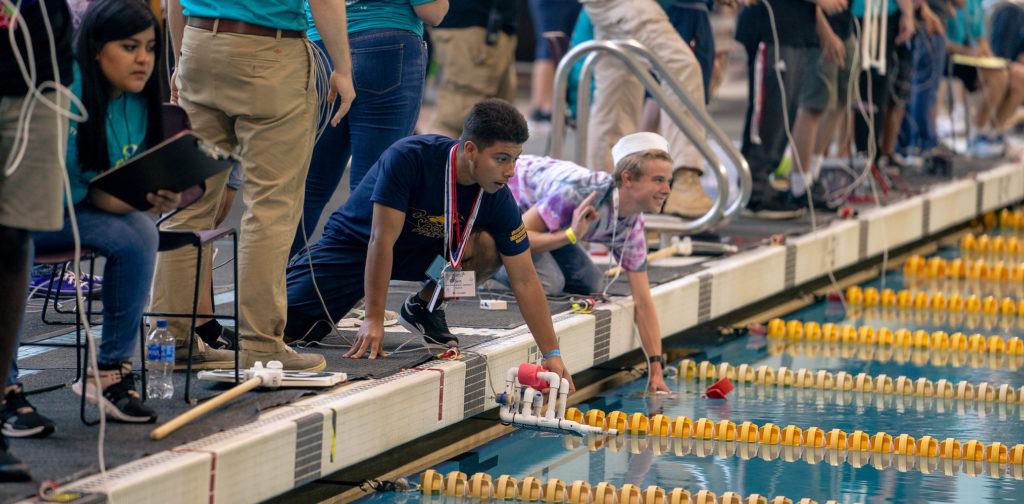
Ready, set, launch!
MATE ROV Competition
Vehicle Type: Remotely Operated Vehicle (ROV)
Experience Level: Elementary School, Middle School, High School, Community/Technical College, and University
Location: Newfoundland & Labrador, Canada
Next Event: 25-27 June 2026
The MATE ROV Competition, now part of the Marine Technology Society, challenges students to learn and creatively apply STEM skills to solve real-world problems and strengthen their critical thinking, collaboration, entrepreneurship, and innovation. Students are asked to think of themselves as entrepreneurs, forming a company to build and operate an ROV to fulfill the needs of the marine science and technology community. Not only must the ROV complete the assigned underwater tasks, but students must give an oral presentation to industry professionals, create written technical documentation about their ROV, and fashion a marketing display showcasing their vehicle.
Since 2001, the MATE ROV Competition has grown to nearly 800 teams worldwide, with over 6,000 students participating in events around the globe. The competition is divided into four levels: SCOUT, NAVIGATOR, RANGER, PIONEER, and EXPLORER. The progressive structure allows students to build upon previously mastered skills, with each level requiring increasingly more complex technology and tasks. Please note that only RANGER, PIONEER, and EXPLORER class teams can advance to the MATE World Championship!
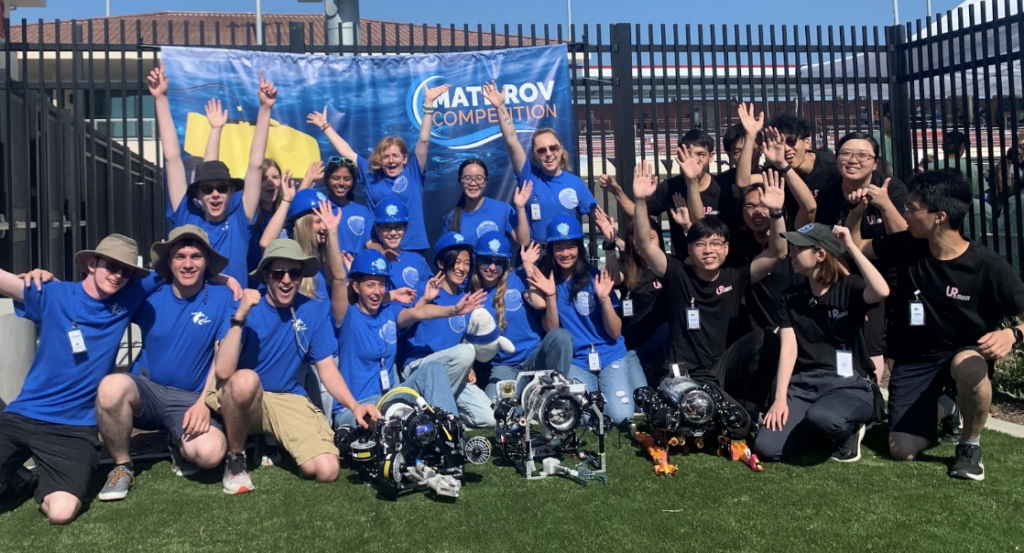
Teams from around the world celebrate the 20th anniversary of the MATE World Championship in 2022!
SCOUT
The SCOUT class is the beginner level of MATE – it is most appropriate for high schools brand-new to robotics, middle schools, and elementary schools. SCOUT class ROVs are meant to be introductory projects that enable students to learn the fundamentals of ROV design and construction, get them excited about STEM, and motivate them to pursue additional knowledge and skills. The instructions, tutorials, and lesson plans are provided and basic ROV kits are available through MATE!
NAVIGATOR
Midway between SCOUT and RANGER classes is the NAVIGATOR class. It is most appropriate for high schools with some experience in robotics and with the MATE competition and middle schools with one or more years’ experience in the SCOUT class. Some understanding of robotic systems and electricity is helpful. If you have limited experience with land-based robotics competitions, or have robotics experience but no competition experience, NAVIGATOR is a great place to start.
RANGER
The RANGER class is the intermediate level. It is most appropriate for high schools, universities that are new to robotics, and middle schools with robotics experience. The robots and missions become more complex and technologically advanced. RANGER class teams should have a good understanding of robotic systems and electricity. Some knowledge of electronics, sensors, and waterproofing is helpful!
PIONEER
The PIONEER class is recommended for first time technical and community colleges, as well as first time four-year universities. PIONEER class teams must create a complex vehicle and have a deep understanding of electronics, electricity, waterproofing canisters, and other technology.
EXPLORER
Rounding out the classes of the MATE competition is the EXPLORER class – it’s the most advanced level and it is most appropriate for universities, community colleges, and high schools that have previously participated in the MATE competition. EXPLORER class teams must create a complex vehicle and have a deep understanding of electronics, sensors, subsea housings, and other technology. They must know all the things!
National Underwater Robotics Competition
Vehicle Type: Remotely Operated Vehicle (ROV)
Experience Level: Pre-High School, High School, University, and Adult
Location: Mesa, Arizona
Next Event: 5-7 June 5-7 2026

The National Underwater Robotics Challenge is an underwater ROV competition that emphasizes real-world hands-on activities that motivate students to take on tough challenges in a fun and exciting way. Teams compete in one of four categories: Pre-High School, High School, University, and Adult. The goal of the various levels is to encourage vertical articulation, or collaboration and communication, between the levels to stimulate the teams to be the best they can be. Teams can choose from several levels of kits to build their ROV or build one on their own. The event is webcast live and takes place at night to simulate the dark depths of the ocean!

Night dives are the right dives!
Subs in Schools
Vehicle Type: Remotely Operated Vehicle (ROV) or Autonomous Underwater Vehicle (AUV)
Experience Level: Middle School and High School
Location: Adelaide, Australia
Next Event: Stay tuned for dates!

SUBS in Schools Technology Challenge is the result of collaboration between ReEngineering Australia, the Department of Defence, and top industry stakeholders. Similar to REA’s F1 in Schools STEM Challenge, students develop a wide range of skills from design, engineering, and manufacturing to “soft skills” such as project management, teamwork, collaboration, problem-solving, and communication. Add in the complexities of underwater design, coding, and electronics, and we are left with a program that exposes students to the real-world challenges of engineering an operable ROV or Submarine!
Azerbaijan ROV Challenge
Vehicle Type: Remotely Operated Vehicle (ROV)
Experience Level: High School
Location: Baku, Azerbaijan
Next Event: 17–19 November 2025
The Azerbaijan ROV Challenge is a national-level technological competition focusing on underwater and surface robotics. It is designed to enhance students’ engineering, innovation, and teamwork skills. Throughout the two-day event, participants develop and program robotic systems based on real-life scenarios and complete tasks of varying complexity. Their next event, the Deep Dive Competition will be during the International STEAM Azerbaijan Festival (SAF 2025).
Explore the Azerbaijan ROV Challenge!
RoboSub
Vehicle Type: Autonomous Underwater Vehicle (AUV)
Experience Level: High School, Undergraduate, and Graduate
Location: Irvine, California
Next Event: 11-16 July 2026
Launched in 1997, RoboSub (hosted by RoboNation) is an exciting underwater robotics competition in which teams of high school, college, and graduate students from around the world design and build an AUV. These vehicles are designed to autonomously navigate through a series of tasks that mimic ongoing research in Autonomous Underwater Systems. This event also serves to develop relationships between young engineers and the organizations developing and using unmanned and autonomous technologies.
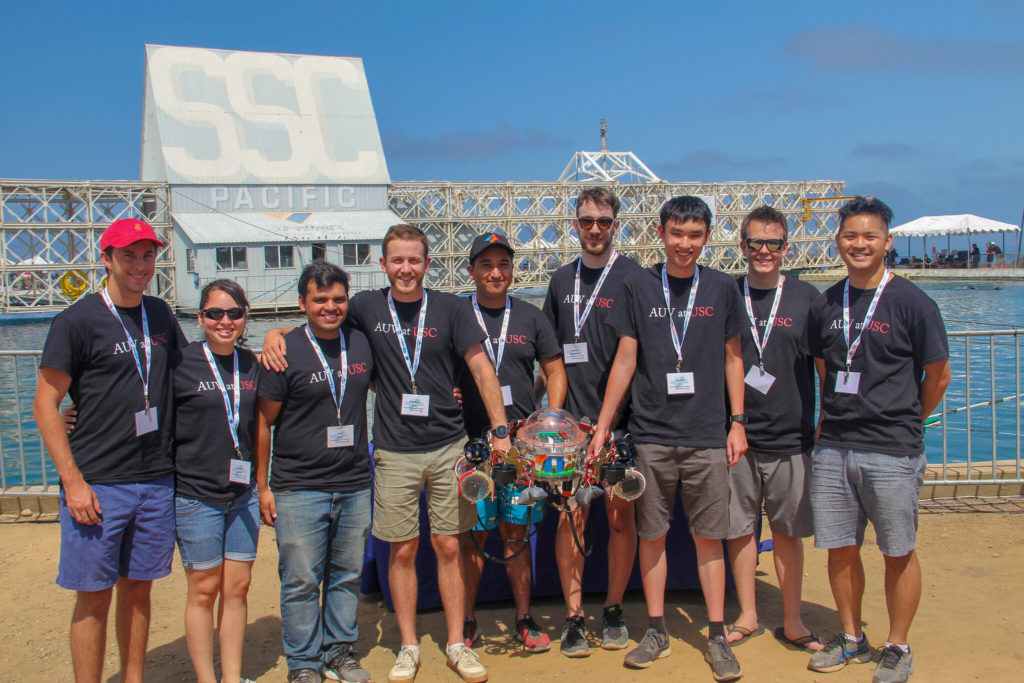
USC team members and their sub!
Singapore AUV Challenge
Vehicle Type: Autonomous Underwater Vehicle (AUV)
Experience Level: High School, Undergraduate, and Graduate
Location: Sanya, China
Next Event: 28-31 May 2026

SAUVC (in partnership with IEEE) is the largest underwater student robotics competition in Asia. The competition is endorsed by the UN Decade of Ocean Sciences. It brings together student teams from around the world, challenging them to design and build autonomous underwater vehicles (AUVs). By navigating a controlled environment and tackling real-world tasks relevant to offshore applications, they gain invaluable experience in AUV systems engineering, fostering future talent in this critical field. The competition (which started in 2012) also features workshops, panel sessions and lectures from world-renowned experts in the field of marine robotics and autonomous underwater systems to inspire participants with new ideas and techniques to solve challenges and build an interest in careers related to marine robotics.
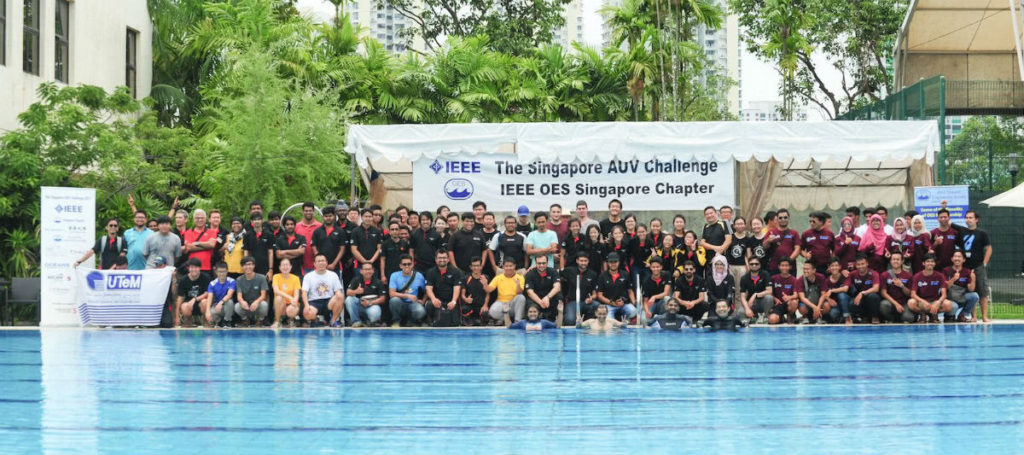
SAUVC competitors, 2017.
RoboBoat
Vehicle Type: Autonomous Surface Vehicle (ASV)
Experience Level: High School, Undergraduate, and Graduate
Location: Sarasota, Florida USA
Next Event: 19-24 February 2026
RoboBoat (also hosted by RoboNation) is an international robotics competition where teams from around the world design self-driving boats, or Autonomous or Unoccupied Surface Vessels (ASVs or USVs) to navigate through a challenge course. Aside from demonstrating some impressive maritime maneuverability, these student-built boats are designed to tackle tasks that mimic real-world challenges facing the maritime industry. These challenges include coastal surveillance, port security, and other types of oceanographic operations.
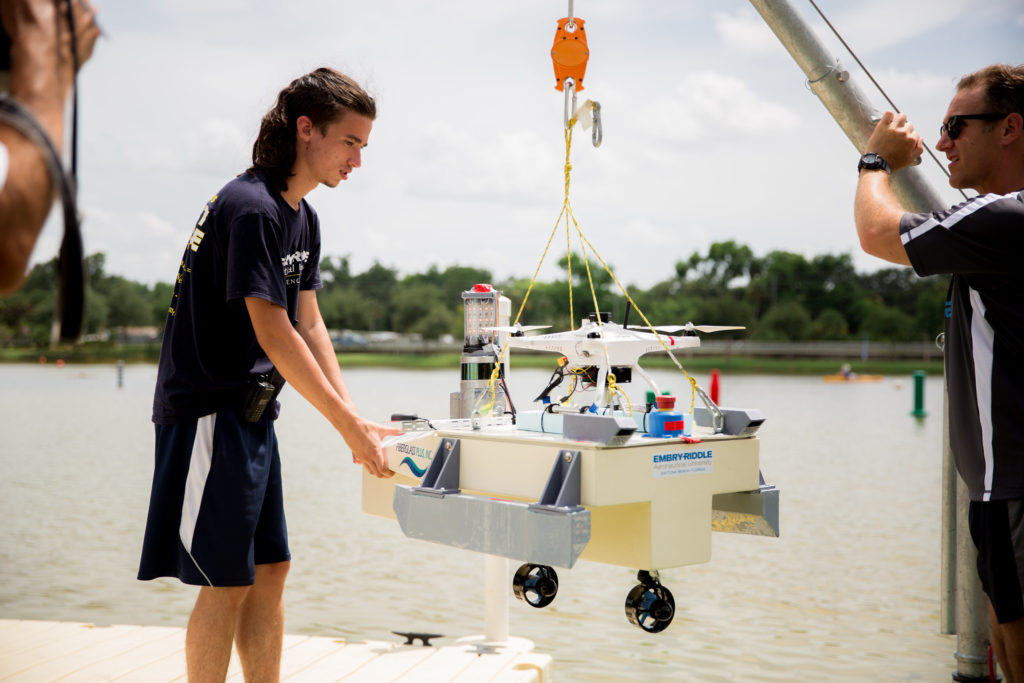
Embry-Riddle team members preparing for launch!
TEKNOFEST Unmanned Underwater Systems Competition
Organized for the first time in 2018, the TEKNOFEST Unmanned Underwater Systems Competition challenges students to develop unique vehicles able to successfully complete missions related to real-world scenarios. Students at the secondary education level can choose to compete in either the Junior or Senior category while participants at the university level can only enroll in the Senior category. The competition consists of two stages: Remotely Controlled Missions and Autonomous Missions. Remotely controlled missions include tasks such as underwater hockey and underwater assembly while autonomous missions include color detection, target detection, and positioning.
Fun Fact: TEKNOFEST is Turkey’s first and only aerospace and technology festival. In 2021, competitions were held in 35 different categories, welcoming 44,912 teams and 200,000 people from 111 countries while 2,200 teams and 13,000 individuals were qualified to compete as finalists.
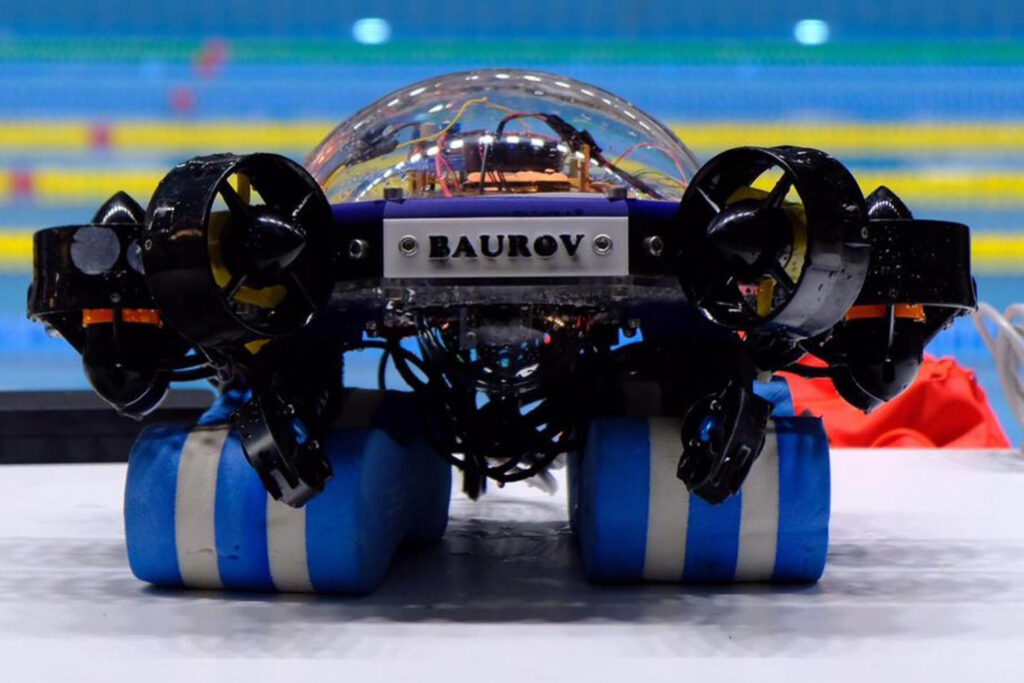
TEKNOFEST ROV, designed by BAU ROV Team.
European Robotics League
Vehicle Type: Autonomous Underwater Vehicle (AUV)
Experience Level: University
Location: The Hague, Netherlands
Next Event: 12–15 May 2026

The European Robotics League local and major tournaments are based in Europe and are open to international participation. Teams compete in three vibrant fields of robotics (air, land, and sea) under the theme of smart urban environments. Competitors engage in annual local tournaments organized by a consortium of Europe’s most prestigious robotics institutes.
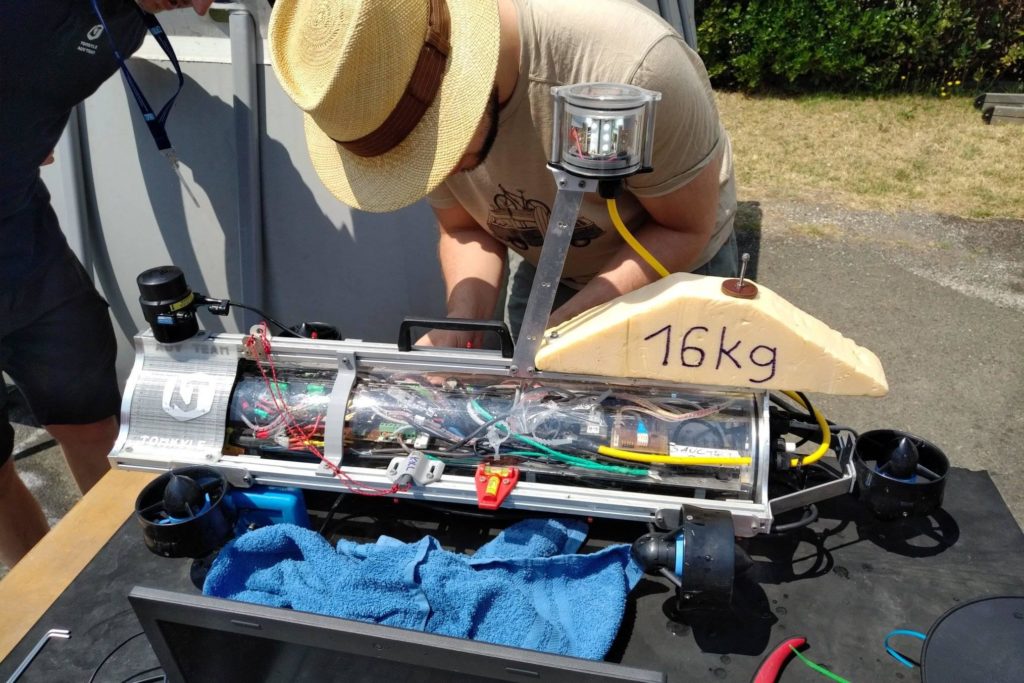
Successful safety check!
TAC Challenge
Vehicle Type: Remotely Operated Vehicle (ROV) or Autonomous Underwater Vehicle (AUV)
Experience Level: High School, Undergraduate, Graduate, and PhD
Location: Tau, Norway
Next Event: Stay tuned for dates!
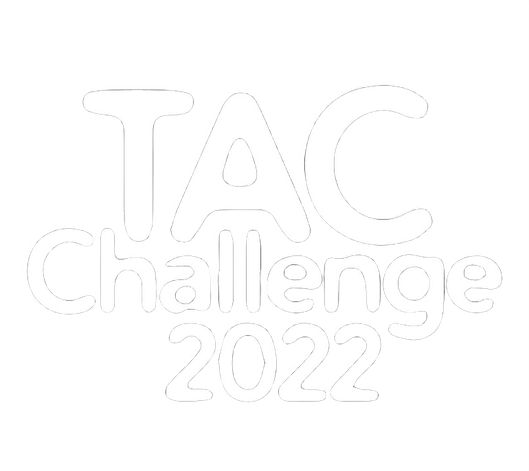
TAC Challenge was launched by the Tau Autonomy Centre in 2021 to connect STEM students with leading industry partners. TAC Challenge is an autonomous subsea and aerial drone competition for university students across the globe.
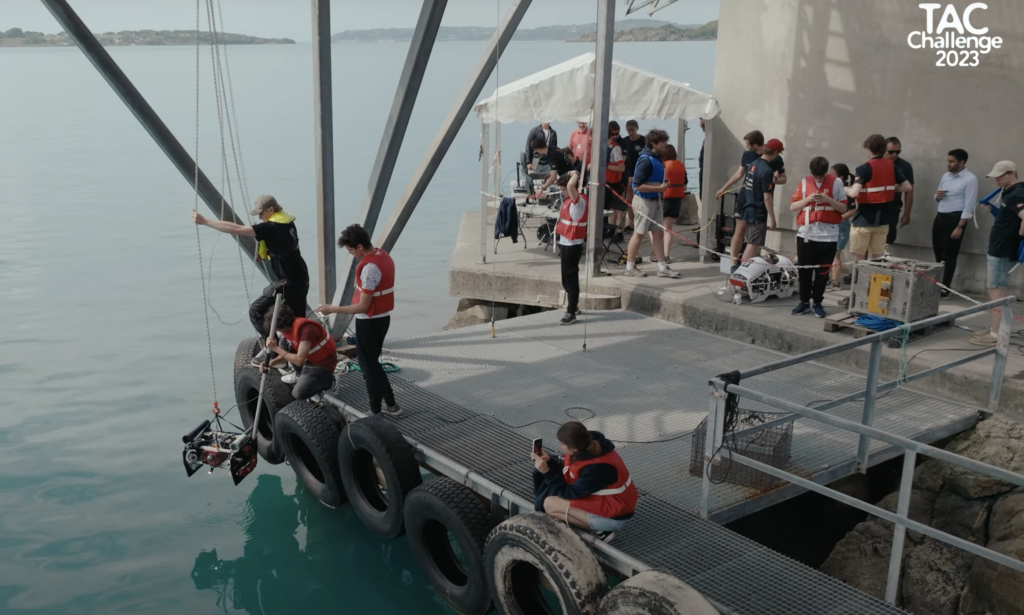
TAC Challenge 2023
RobotX
Vehicle Type: Autonomous Maritime System (AMS)
Experience Level: Undergraduate, Graduate, PhD, and Post-Doc
Location: Singapore, Singapore
Next Event: November 8, 2026

Established in 2014, the Maritime RobotX Challenge (also RoboNation!) is an international program that invites innovators to create autonomous vehicles across all domains (air, land, and water) to answer challenges found in the public and private sectors. All teams are required to use the autonomous maritime system as their primary competition vehicle.
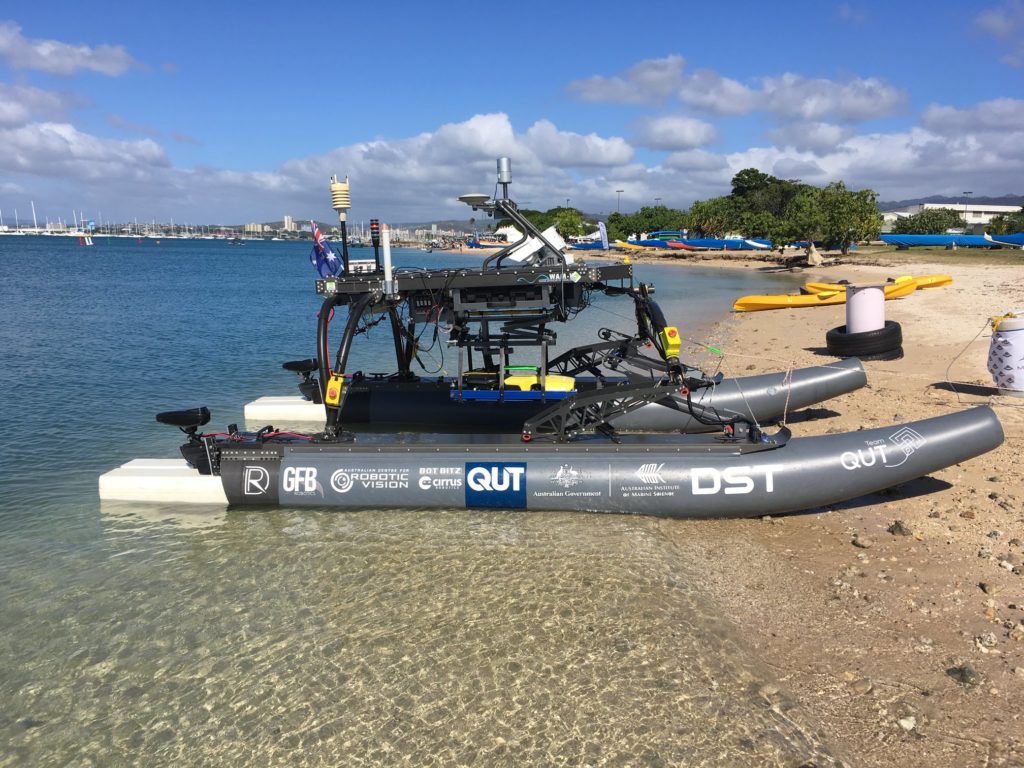
QUT vehicle at RobotX 2018.
Where will we see your vehicle? Send us your competition photos and be sure to keep an eye out for the next #SubseaSTEM Photo Contest!
If you finished this guide and are now thinking “I want to start my own team!!!” then head on over to our other guide, How to Start an Underwater Robotics Competition Team, for some tips on getting started!
Authors
Elisa
Elisa is the co-founder and head of the sales/marketing/support team at Blue Robotics, but her main role is keeping the people HYPED on underwater robotics!
Megan
Megan is the Creative Collaborator + Graphic Designer human at Blue Robotics, but she does like to dabble in other areas as well :)

